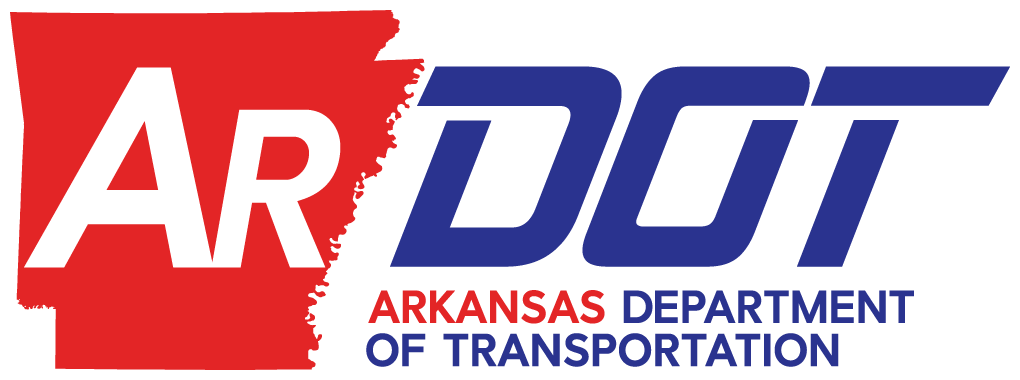According to the U.S. Environmental Protection Agency (EPA) Section 404 of the Clean Water Act, compensatory mitigation refers to the restoration, establishment, enhancement, or in certain circumstances, the preservation of wetlands, streams, or other aquatic resources for the purpose of offsetting unavoidable adverse impacts. Compensatory mitigation is required for certain ARDOT projects as part of the Section 404 permitting process through the U.S. Army Corps of Engineers (USACE).
The Mitigation Sequence
The 2008 Federal Mitigation Rule and Clean Water Act Section 404(b)(1) guidelines specify that compensatory mitigation is provided to offset unavoidable adverse impacts only after it has been demonstrated that avoidance or minimization of impacts to waters of the United States are not practicable or feasible. The aforementioned regulations have defined the following mitigation sequence:
Step 1: Avoid – Adverse impacts to streams, wetlands, and other aquatic resources are to be avoided and not discharge shall be permitted if there is a practicable alternative with less adverse impact.
Step 2: Minimize – If impacts to streams, wetlands, and other aquatic resources cannot be avoided, appropriate and practicable steps to minimize impacts must be taken.
Step 3: Compensate – Appropriate and practicable compensatory mitigation is required for unavoidable adverse impacts to stream and wetlands which remain.
Compensatory Mitigation Mechanisms
ARDOT utilizes various mechanisms for providing compensatory mitigation to offset unavoidable impacts from transportation projects. Compensatory mitigation for the construction of our transportation projects is obtained by using the mechanisms described below and coordinating with our USACE Districts to acquire the necessary permits.
- Mitigation Banks – A mitigation bank is wetland, stream or other aquatic resource area that has been restored, established, enhanced, or preserved. This resource area is then set aside to compensate for future impacts to aquatic resources resulting from permitted activities.
- Permittee-Responsible Mitigation – A permittee may be required to provide compensatory mitigation through an aquatic resource restoration, establishment, enhancement, or preservation activity. This compensatory mitigation may be provided at or adjacent to the impact site; i.e., on-site mitigation, or at another location, usually within the same watershed as the permitted impact; i.e., off-site mitigation.
Across the state, the Department currently owns approximately 7,000 acres of property that is used exclusively for our own mitigation purposes.
Mitigation Site Locator (MiSiL)
The Mitigation Site Locator (MiSiL) enables everyone the ability to view the Department’s managed mitigation banks and sites. Information such as acreage and whether a location is active/inactive is available with a simple click of the mouse. The MiSiL app also contains a layer of the RIBITS (Regulatory In-lieu Fee and Bank Information Tracking System) data. The application will continue to progress and expand its capabilities.
